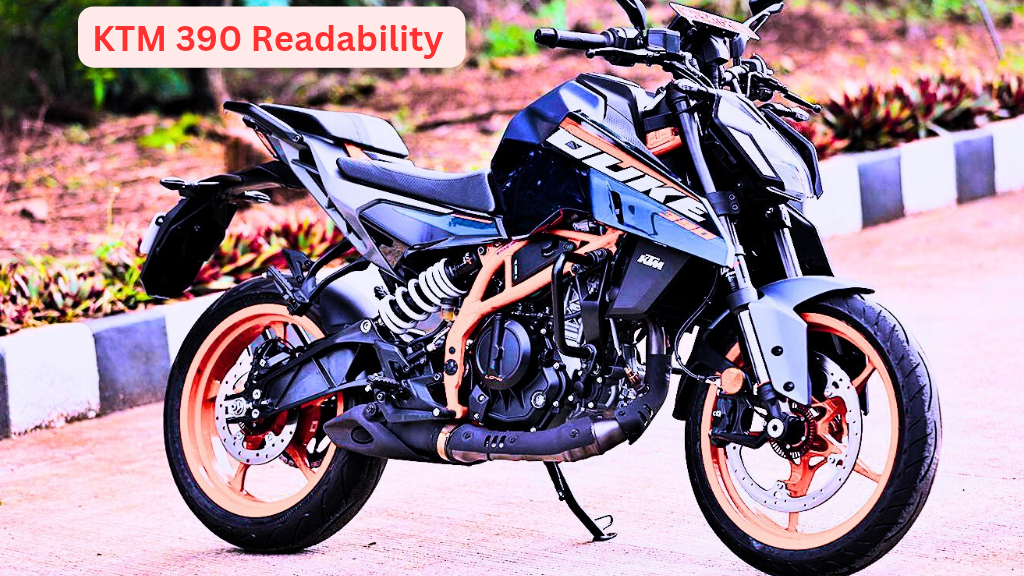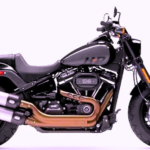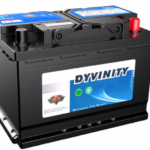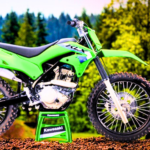KTM 390 Reliability: A Comprehensive Guide
The KTM 390 series—which includes the Duke 390, RC 390, and Adventure 390—has gained a reputation for being a lightweight yet powerful motorcycle. ktm 390 reliability However, prospective buyers often wonder: Is the KTM 390 reliable?
In this article, we explore the reliability of the KTM 390, addressing common issues, performance factors, maintenance tips, and rider experiences.
Table of Contents
- Introduction
- KTM 390 Overview
- Common Reliability Issues
- Performance & Build Quality
- Owner Experiences
- Maintenance & Care Tips
- Manufacturer’s Improvements
- Pros & Cons
- FAQs
1. Introduction
The KTM 390 series stands out for its aggressive styling, responsive performance, and cutting-edge technology. Despite its popularity, there are concerns regarding long-term durability and maintenance. Let’s analyze these aspects in detail.
2. KTM 390 Overview
Below are the key specifications of the KTM 390:
| Specification | Details |
|---|---|
| Engine | 373cc, Single-cylinder, Liquid-cooled |
| Power Output | 44 HP @ 9,000 RPM |
| Torque | 37 Nm @ 7,000 RPM |
| Weight | 172 kg (Duke) / 172 kg (RC) |
| Transmission | 6-speed gearbox with slipper clutch |
| Mileage | 25-30 km/l |
| Top Speed | ~170 km/h |
The KTM 390 engine is known for its high-performance output, but some users have encountered heat dissipation and fuel system issues.
3. Common Reliability Issues in KTM 390
While the KTM 390 is a solid machine, certain reliability concerns have been raised by owners. Here are some of the most frequently reported problems:
Engine Overheating
- The high-compression engine can get extremely hot in city traffic.
- Although the radiator fan helps, ktm 390 reliability it may not always be enough in congested areas.
Pump Malfunctions
- Some riders report fuel pump failures, leading to starting problems or stalling.
Electrical Glitches
- Users have experienced instrument cluster malfunctions, wiring problems, and issues with LED lights.
Vibrations at High RPMs
- The single-cylinder engine produces noticeable vibrations, especially at higher speeds.
Wear & Tear on Components
- Parts such as the stator coil, suspension seals, and rims tend to wear out quicker compared to competitors.
4. Performance & Build Quality
Strengths
Lightweight chassis enhances maneuverability.
Impressive power-to-weight ratio for quick acceleration.
Slipper clutch ensures smooth downshifts.
Adjustable WP suspension improves ride comfort.
Areas for Improvement
Better heat dissipation needed for traffic-heavy areas.
Build quality feels less robust than some competitors.
Component longevity could be better.
5. Owner Experiences & Feedback
Here’s a summary of real rider experiences with the KTM 390:
- Positive Reviews
High-performance engine with sharp acceleration.
Great for both urban commuting and highway cruising.
Loaded with modern features like a TFT display, ABS, and ride-by-wire technology. - Negative Reviews
Frequent overheating issues, especially ktm 390 reliability in stop-and-go traffic.
Expensive spare parts and servicing costs.
6. Maintenance & Care Tips for KTM 390 Reliability
To enhance longevity and reliability, follow these essential maintenance practices:
Routine Maintenance Checklist
Engine Oil Change: Every 3,000 km to maintain smooth performance.
Coolant Check: Keep levels topped up to prevent overheating.
Chain Lubrication: Every 500 km for prolonged lifespan.
Use Premium Fuel: Helps prevent fuel pump issues.
By following these guidelines, you can keep your KTM 390 in optimal condition.
7. Manufacturer’s Improvements in Recent Models
KTM has addressed some of the reliability issues in newer versions with the following updates:
lcooling system to enhance heat management.
ECU tuning refinements for better fuel efficiency.
Upgraded components for increased durability.
For potential buyers, opting for the latest KTM 390 models ensures fewer mechanical issues.
8. Pros & Cons of KTM 390 Reliability
Advantages
Powerful 373cc engine with excellent pickup.
Lightweight and easy to handle.
Advanced features like TFT display, ride-by-wire, and ABS.
Versatile—suitable for city riding and long-distance travel.
Disadvantages
Prone to overheating in slow traffic.
Frequent servicing is required. Fuel pump and electrical issues are common.
Replacement parts can be costly.
9. FAQs: KTM 390 Reliability
Q1: Is the KTM 390 a dependable bike?
Yes, but proper upkeep is crucial. With regular maintenance, it can be a reliable and high-performance machine.
Q2: Does the KTM 390 suffer from overheating?
Yes, particularly in traffic-heavy areas. Using a high-grade coolant and synthetic oil can help manage heat.
Q3: What is the engine lifespan of the KTM 390?
With routine maintenance, the engine can last over 50,000 km without ktm 390 reliability major concerns.
Q4: Is the KTM 390 suitable for long journeys?
Yes, but modifications such as a comfort seat and vibration dampers improve long-distance comfort.
Q5: How much does KTM 390 maintenance cost?
Annual service expenses range between ₹10,000 – ₹15,000 ($120 – $180), covering oil changes, coolant top-ups, brake pad replacements, and standard servicing.
Final Verdict: Is KTM 390 Reliable?
YES—provided it receives timely maintenance.
for riders seeking performance-focused motorcycles.
Newer models offer improved reliability.
Not recommended for those looking for low-maintenance bikes.
Overall, the KTM 390 is a thrilling and capable motorcycle, but owners must stay proactive with maintenance to ensure long-term reliability.







